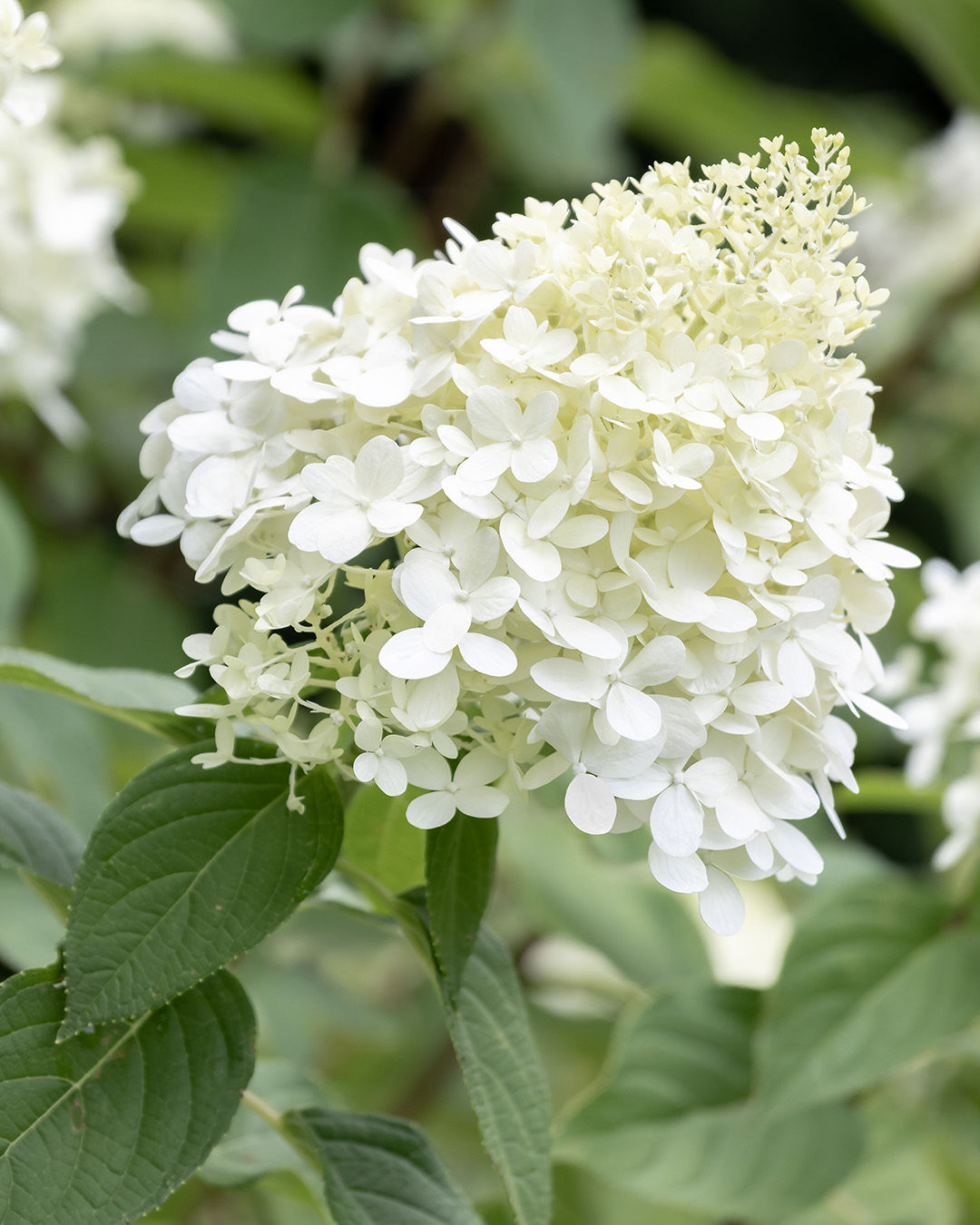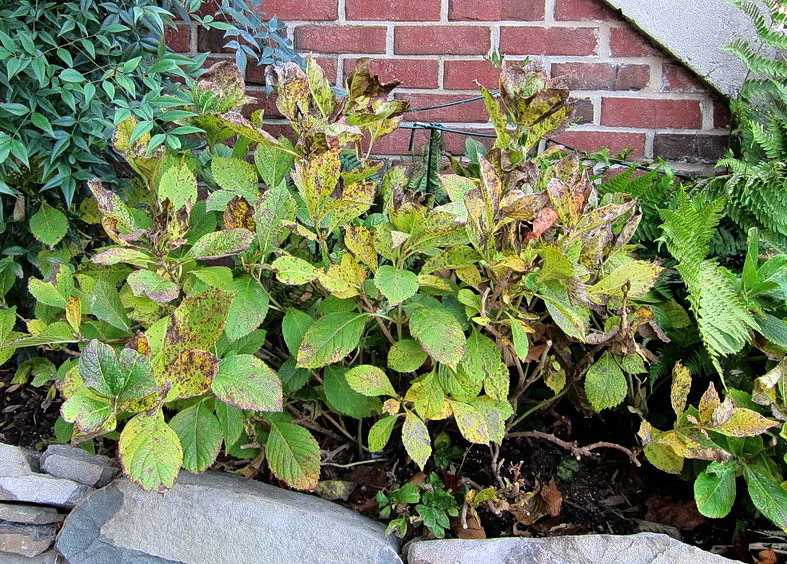Hydrangea Leaves Turning Yellow Fundamentals Explained
Some Known Questions About Hydrangea Leaves Turning Yellow.
Table of ContentsHydrangea Leaves Turning Yellow Can Be Fun For AnyoneHydrangea Leaves Turning Yellow Can Be Fun For EveryoneSome Known Details About Hydrangea Leaves Turning Yellow Everything about Hydrangea Leaves Turning Yellow
One possibility is that the plant is not getting adequate sunshine. During the winter season, the days are shorter, and the sunlight is not as extreme, so make certain to position your Hydrangea in a place where it will certainly get at the very least 6 hours of sunlight every day. An additional reason for Hydrangea yellow fallen leaves in winter season can be way too much water.Lastly, the fallen leaves could be transforming yellow as a result of temperature anxiety. Hydrangeas like cooler temperature levels, so if the plant remains in a spot that obtains also hot or also chilly, the fallen leaves will transform yellow. If you think temperature level stress may be the problem, attempt relocating your Hydrangea to a different area or securing it from the elements with a cloth wrap.
New growth will certainly be observed in very early spring, when you'll observe environment-friendly vegetation sprouting from stems that may have appeared dead. Nonetheless, if your fallen leaves are turning brown in spring or summer, there are most likely various other elements at play. The specific reasons depend upon the range and their growing problems, however in general, brownish hydrangea fallen leaves are an indication of dehydration and wilting in the heat
In the spring when the mercury remains fairly low, they'll do great. When points heat up over the summer season nonetheless, time spent in the very early afternoon rays can create untold damage.: Grow your hydrangeas in a spot where they'll get sunshine in the early mornings or evenings, but not throughout the peak hours.
Indicators on Hydrangea Leaves Turning Yellow You Should Know
Wilting is caused by lack of wetness, implying there are a few good tricks to utilize to avoid this from occurring. Give your hydrangeas a healthy glug of water every couple of days when the temperature levels are climbing up high, and deal with the soil to better retain dampness. After sprinkling, a dab of mulch around the base of each plant should aid with this by keeping wetness in the dirt.
This interferes with fungi spores from settling. "The Botrytis fungus grows in cool and wet conditions, so avoid showering the entire plant when watering and simply water at the origins," shares Roy Nicol, a Master Green thumb - Hydrangea Leaves Turning Yellow. If you have actually missed out on the opportunity for prevention and are managing an infection you should get rid of all dead or significantly contaminated leaves from the plant and destroy them to avoid more spread
As a general guideline, we recommend getting rid of leaves when they are 50% brown or greater. While browning brought on by any type of reason can't be reversed, taking the rehabilitative activity defined above will certainly motivate the plant to grow new fallen leaves anchor so the damaged fallen leaves either diminish normally or can be gotten rid of by the gardener.
Hydrangeas should be watered only when the top couple of inches of dirt are dry, and should be offered an extensive saturating each time. Underwatered hydrangeas are likely to have yellow, wilting, and drooping leaves.
Our Hydrangea Leaves Turning Yellow PDFs
The way you take care of hydrangea leaves turning yellow depends upon the key problem creating the yellow leaves. This can be hard to figure out, yet useful reference as soon as you do you will have the ability to adjust your plant care appropriately to take treatment of the problem. As stated in the past, a typical problem with hydrangeas is nutrient shortages.
During the peak growing season, you need to water at a price of concerning 1 inch weekly. If you are stressed over not correctly sprinkling your hydrangeas, there are a couple of things you can do. Adding compost to the base of the plants over the origin area assistance to control the temperature level around the bush and retain water in the soil.

If it is too severe, some plants will certainly never ever recuperate from transplant shock and will remain to decline up until they die. Lessen transplant shock by including as lots of origins as possible when digging up your plant to relocate. Be sure to supply more water than common in the weeks complying with growing to help your plant recoup and expand brand-new roots.
The Basic Principles Of Hydrangea Leaves Turning Yellow
To avoid spreading out fungal illness, be sure to thouroughly clean and sanitize any trimming tools prior to and after use. Ultimately, you can attempt to flush the roots with water to get rid of excess fertlizer.

If you do not sprinkle your hydrangea plant for greater than a week, the leaves will start transforming yellow. Fungal diseases that assault read the plants have a tendency to reveal signs on the origins and the leaves of the plant. One of these illness is origin rot, which makes it difficult for the plant to feed appropriately.
Origin rot takes place when virus use up the origin cells as hosts and stop the cell from operating. Otherwise looked after, this condition can ultimately cause the plant passing away. Leaf spot is another fungal disease that can target hydrangea. It leads to the fallen leaves transforming yellow and the appearance of brown and purple places on the fallen leaves.